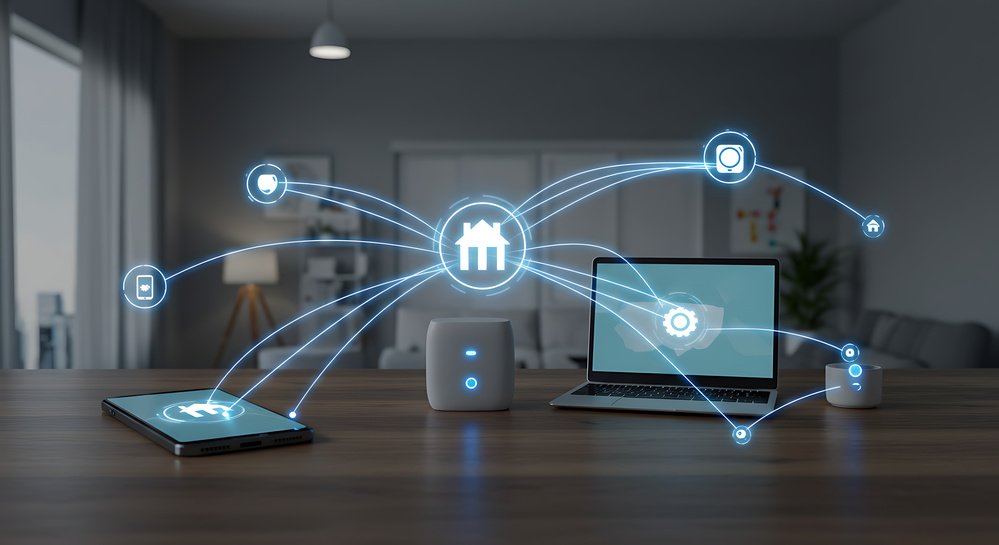Homeowners no longer need to choose between electronic home security and smart home automation. Today’s biggest brands integrate the two concepts into more comprehensive systems. Consumers can still choose one or the other, but full integration is available if the budget supports it.
It goes without saying that integrating security and automation into a single package has its advantages and disadvantages. It is in a homeowner’s best interest to think things through before making an investment. Particularly because once a homeowner settles on an ecosystem, getting out of it to try something different will be difficult.
With that in mind, here are three things to consider before installing an integrated security system:
1. Vendor Lock-In
The previous reference to ecosystems sets the table for the first consideration: vendor lock-in. What is vendor lock-in? It is being locked into a particular brand or ecosystem. And unfortunately, unless you are willing to build a home automation system from scratch using an open-source platform, whatever ecosystem you choose will ultimately lock you in.
The constraints you experience will depend on the brand you choose. A good example to illustrate the point is the Ring video doorbell. Ring is an Amazon company. Every Ring device will work seamlessly within the Amazon Alexa ecosystem. In other ecosystems, not so much.
A Ring video doorbell will work in the Google Home ecosystem, but with limits. Only video feeds are available in Google Home. Google’s ecosystem does not support any other advanced features.
2. Complexity and Learning Curve
Next up is the complexity of the system you install. Every system comes with a learning curve. The more complex a system is, the steeper the learning curve tends to be. Go with an ecosystem like Google Home or Amazon Alexa, and you are pretty much going to be on your own in terms of figuring things out. Community support is available.
Opt for a brand like Vivint Home Security and you are looking at a different learning landscape. For starters, Vivint systems come with professional installation. You do not have to learn how to set things up. In addition, a Vivint technician will teach you how to use your system at installation. And if you ever run into trouble, customer support is a phone call away.
3. Upfront Costs
The third thing to consider is the upfront costs of installing integrated home security. A base system with just a few devices could easily cost a couple of hundred dollars. You will spend more as you add security cameras, additional motion sensors, smart lighting features, and so on.
Of course, adding more devices is not mandatory. But the whole idea of installing an integrated system is to take full advantage of the possibilities that come with combining security with automation. If you are not interested in the automation part of things, an integrated system isn’t for you.
The fact is that every device adds to the total price. So when budget is a concern, it is appropriate to limit yourself to what you can afford initially. As the budget dictates, you add more devices. Incidentally, this takes us back to the first concern of vendor lock-in. Choose your ecosystem wisely. As you add devices, those devices need to support what you have already installed.
Integrated home security is worth the investment if your budget can support it. Combining home security with automation features not only takes your security capabilities further, but it also introduces a level of convenience and efficiency not previously available. Needless to say, home security has come a long way over the last 50 years.
